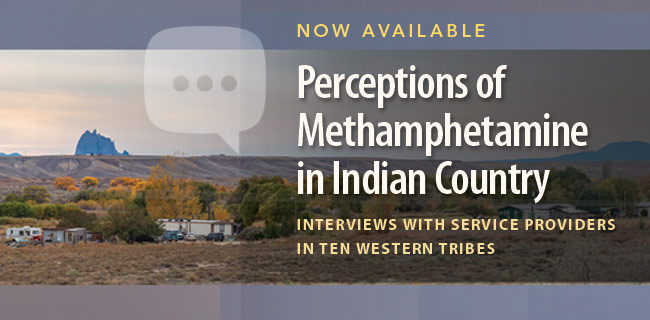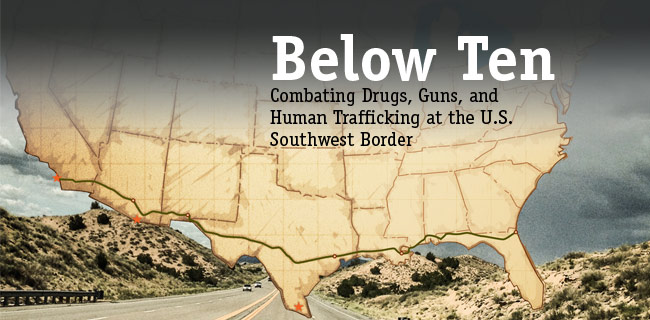Contact Us
To provide feedback on the Community Policing Dispatch, e-mail the editorial board at CPDispatch@usdoj.gov.
To obtain details on COPS Office programs, publications, and resources, contact the COPS Office Response Center at 800-421-6770 or AskCopsRC@usdoj.gov

U.S. Department of Justice
Office of Community Oriented Policing Services
Washington, DC 20530

Civilian oversight of law enforcement agencies is nothing new. In fact, agencies have always been accountable to the communities they serve. Moreover, additional oversight boards have existed in various forms since the 1950s. However, like any local law enforcement initiative, civilian oversight takes different forms in different jurisdictions. Many agencies exploring options for their own communities often ask what others are doing to inform their own decision making.
In response to these questions, the COPS Office awarded funding to the Major Cities Chiefs Association (MCCA) to survey its members and hold a round table to discuss the results. The survey collected information on the role and authority of civilian oversight bodies among MCCA member agencies and the roundtable was held to enhance understanding of how civilian oversight works in major cities. The discussion focused on reviewing the survey results and how the various models worked in actual practice.
This report discusses the results of that survey and the outcome of the round table conversation and provides an overview of civilian oversight in major city police agencies. While the surveys and subsequent round table were informative, two findings became clear: (1) Because of significant variation of oversight from one jurisdiction to another, it is difficult to make broad generalities, and (2) there is a need for developing clear objectives, measurement, and empirical research to measure effectiveness of the specific models going forward.
Please download a copy of this report today to learn how civilian oversight is working in communities across the nation.

Perceptions of Methamphetamine in Indian Country: Interviews with Service Providers in Ten Western Tribes offers an eye opening look at the devastating spread of drug abuse in tribal lands, but it also offers hope for change. Native American tribes across the United States have experienced many adverse effects from the distribution, trafficking, and use of methamphetamines and other dangerous drugs. These effects range from higher crime rates associated with the sale of drugs, to the displacement of children from homes where methamphetamine is being abused or trafficked, to the exploitation of Native resources.
In an effort to address the increasing concerns raised by the methamphetamine problem in Indian country, law enforcement and social service providers were asked to participate in qualitative interviews regarding their perceptions of the methamphetamine use and implications for crime and treatment in the tribal communities where they work and live.
The purpose of the study was to determine the nature, extent, and effects of methamphetamine trafficking, distribution, and manufacturing in Indian country. A further goal was to determine what, if any, other illegal drugs or substances posed problems for tribal agencies and the programs and policies that are needed to help solve this complex public safety problem.

As a key component of the grant, community border summits were convened in each of the three border cities to facilitate the creation of stakeholder-led, comprehensive plans to respond to the humanitarian and enforcement issues raised by human and drug trafficking on the border.
In Nogales, Arizona, the action planning summit “Combating Human, Gun, and Drug Trafficking in Santa Cruz County—Best Practices for Today and Tomorrow” addressed the unique challenges faced by ranchers, businesses, and the communities of Santa Cruz County. In Pharr, Texas, “Protecting the Children of Pharr from Guns, Drugs, and Human Smuggling—Best Practices for Today and Tomorrow” focused on the impact of unaccompanied minors crossing the border on the community’s ability to provide public safety and social services to children and families. San Diego County convened an action-planning summit to address human trafficking and child sexual exploitation; the resulting comprehensive plan is discussed as a case study.
This publication describes the outcomes of each of these stakeholder-led summits, which brought community members together with local, state, federal and tribal law enforcement, public health providers, social services, and other groups to identify problems, challenges, and solutions. It also provides detailed information on the approach adopted by each community and the activities that have been sustained since the project ended.
Subscribe to Email Updates
To sign up for monthly updates or to access your subscriber preferences, please enter your email address in the Subscribe box.






